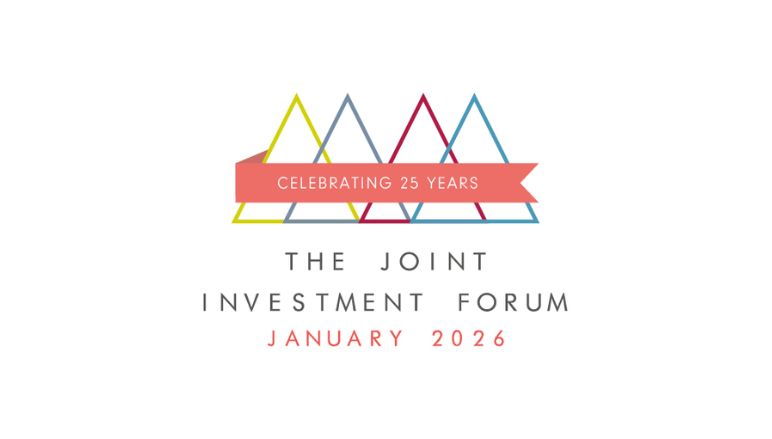The regulator has resolved the problems around cost disclosure for investment trusts, but platforms still have concerns.
- The resolution of cost disclosure is a boost for the investment trust sector
- Platforms remain the missing piece of the puzzle
- The real impact from the cost disclosure problem has come from wealth managers
The partial resolution of the cost disclosure problem for investment trusts is a triumph not only for the wealth managers and politicians that have fought hard to get it over-turned, but also for sanity in regulation. After three years of pressure, it appears that investment trusts may finally be able to shake off this headwind and normal service resume.
The impact has been profound, creating selling pressure in certain parts of the market. It has been seen most clearly in less liquid sectors such as private equity and infrastructure, where discounts have spiked significantly higher. For example, the AIC infrastructure and infrastructure securities sectors have delivered a far worse performance than their open-ended equivalent, the IA infrastructure sector - -8.3% and -11.4% versus 12% over three years (source: Trustnet, to 9 October 2024). Investment trust providers will be hoping that this normalises from here.
Platforms remain the missing piece of the puzzle. A number of retail platforms object to trusts being able to put ‘zero’ for their charges, believing it is misleading. The AIC and campaigners have created a workable solution that involves investment trusts setting out a schedule of expenses, but it is not yet clear whether platforms are willing to adopt it.
This may be less important than it seems. The real impact from the cost disclosure problem has come from wealth managers, who are judged by their clients on the costs they incur. The type of retail investors that buy investment trusts do not have the same sensitivities. There can be little doubt that the unfair treatment of investment trust expenses has deterred many wealth managers from using investment trusts and has been an important factor in the widening of discounts across the sector.
This has an impact on wealth managers as well as the investment trust industry. The use of investment trusts – and the nuance and balance they can bring to a portfolio - has been a key point of differentiation, particularly versus MPS solutions. MPS solutions rarely if ever use investment trusts because of the liquidity constraints and the complexities of rebalancing.
There may still be problems to iron out, but it is difficult to see how platforms can go against regulatory guidance indefinitely. There are workable solutions, but there will be some tooing and froing on their implementation. Investment trusts should be able to resume their rightful place in wealth management portfolios from here.


















